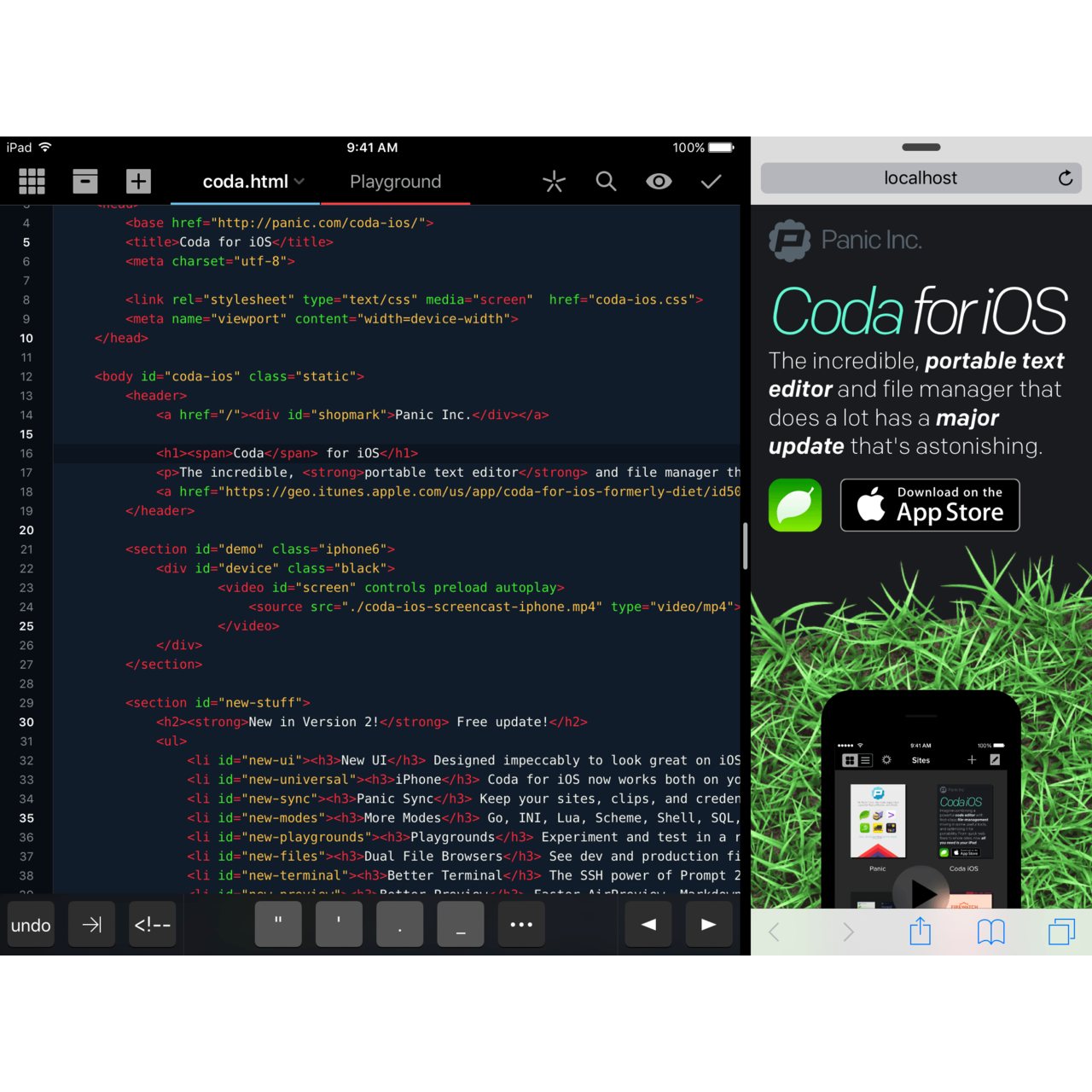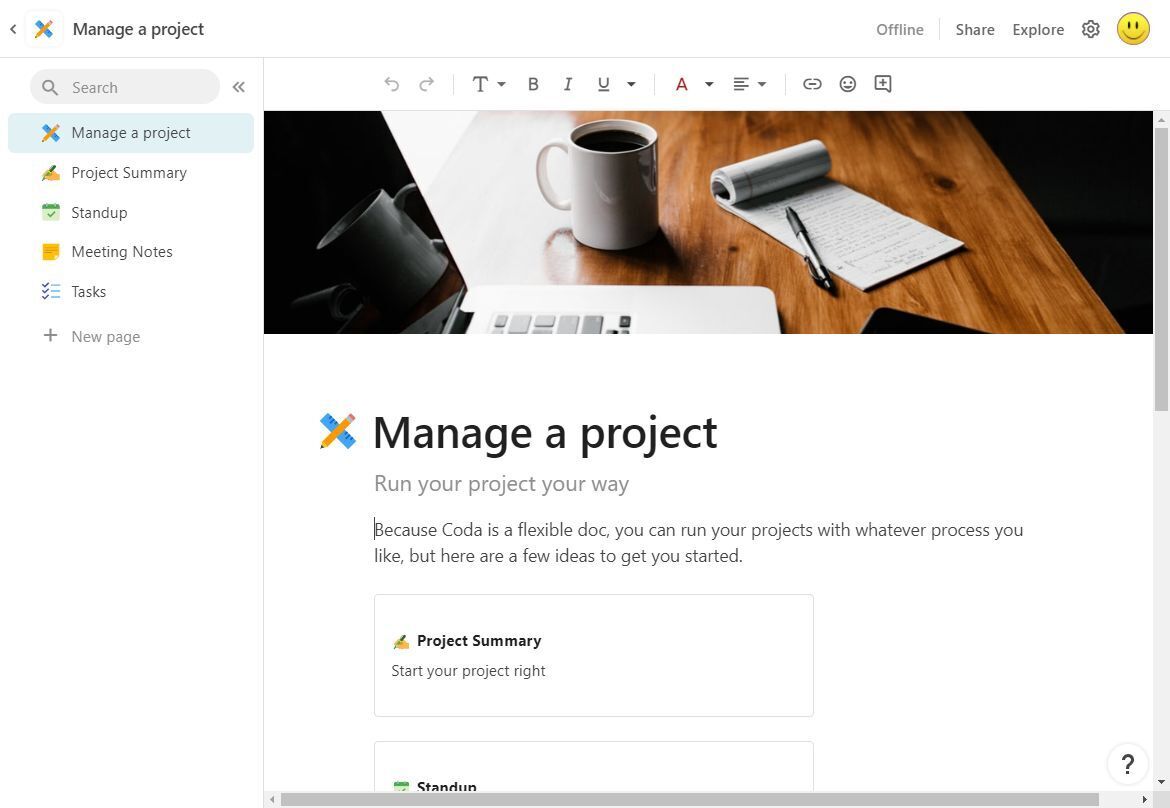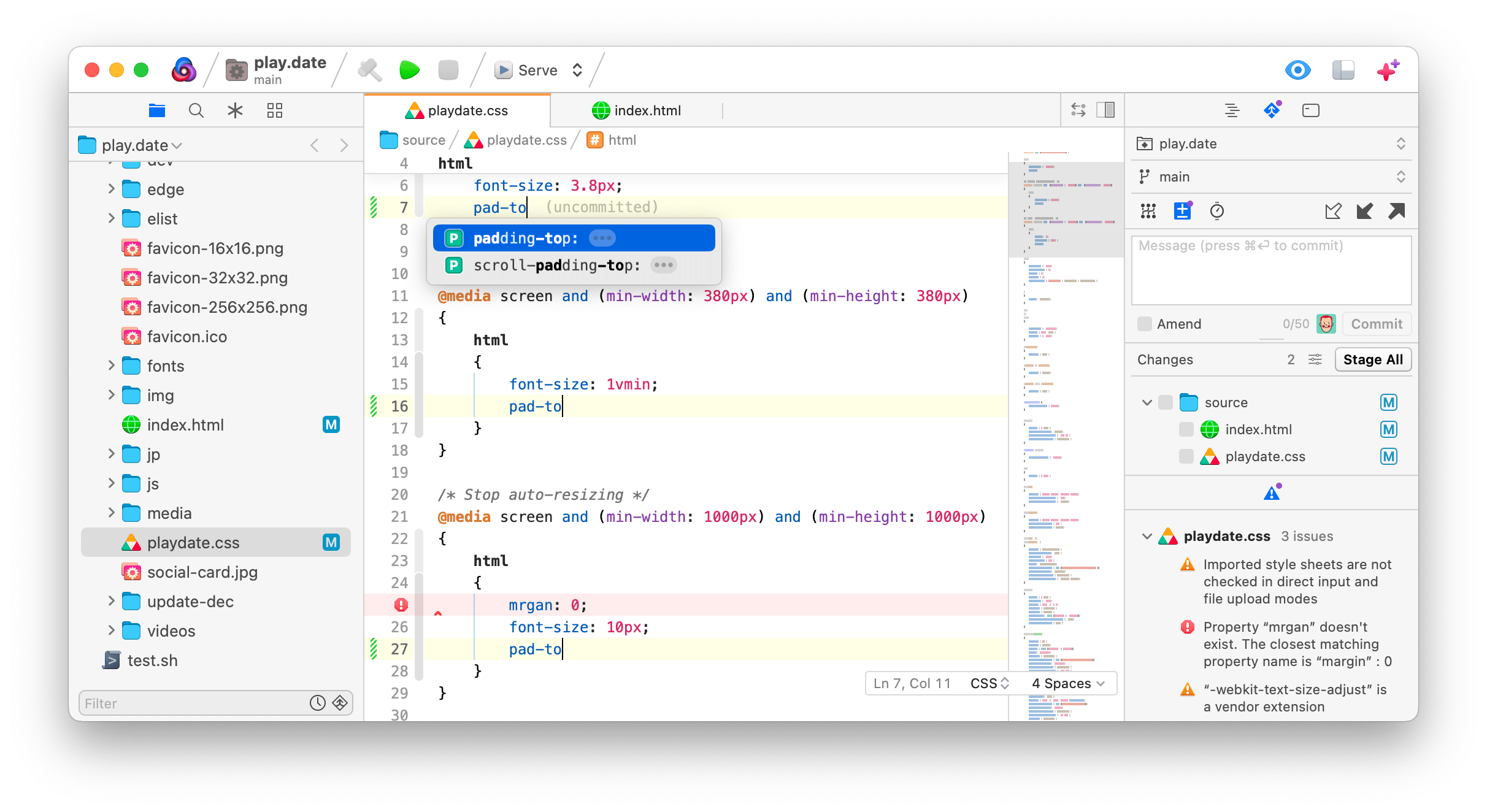
If these tables contain data, it allows to separate logically data on the same sheet instead of relying on empty columns as a convention. You can display two tables, one above the other, and the columns do not have to be aligned / have the same width (I am sure everyone using excel ran into this problem), same thing for row height for side by side tables. You can display two tables, one above the other, and the first can overflow without pushing the bottom table off-screen It has all sorts of benefits over Excel's one grid approach: You can see on the left the list of the sheets, and within the list of the objects they contain. The UI for giving a cell a name is more immediate.īasically a sheet is a blank canvas on which you can drop tables or charts or other things. With other products, the "name" of the cell is what you type into the box right there on the sheet. It's a separate menu item and the name is a hidden "alias" for the cell. It also doesn't help that "names" in Excel is not a 1st class feature. If programmers using Excel eschew cell names, it's a given regular users will too. It turns out that yes, naming cells is a form of "code documentation" and helps avoid "spaghetti formulas" - but it's also a friction. How do we reconcile the inconsistent attitude we have about the benefits of names?!? "TOTAL PRICE:") but they won't use the Excel "named regions" feature to be referenced in formulas. Yes, they will label their adjacent cells with freeform text (e.g. I'd guess that vast majority (99%) of programmers that program in languages requiring explicit variable names (Python, C, Java, Go, etc) will still use Excel without named cells nor named columns. I think this is one of those great insightful points that's counterintuitive and yet has abundant real-world evidence we can't deny. >It turns out that not having to name things is a feature. Google Sheets continued the tradition of cryptic rowcols and has more adoption than either of those alternative products. Quantrix found a niche in financial modeling so maybe that domain of users (~50k users) value features like that enough to not use Excel. It seems plausible that cryptic rowcolumns would be a major paint point for most Excel users but maybe it isn't. Quantrix from 2003 also has named "items" instead of rowcolumn coordinates. Lotus Improv from 1991 had "names" instead of rowcolumn coordinates. In Coda documents, rows and columns are named objects, making formulas both easier to read and write. It's free, easy, and extremely secure.>One of Mehrotra’s chief frustrations with the older generation of documents was what he calls “the game of Battleship” - the need to describe rows and columns in formulas using headings like “A1 to F7,” as in the old board game.


Sync your sites, passwords, and private keys to all of your Macs and more.
Coda web development software windows plus#
Plus a handy “Save and Publish” shortcut.

Coda can now track and publish files modified outside of Coda.

Easily override and edit a site’s CSS, live, right within Coda’s Preview. Manage your existing plugins, and discover new and exciting ones, via Coda’s preferences. Site-wide autocomplete of your functions, classes, and variables, all indexed from your local files. Syntax highlighting is anywhere from 4 to 10 times faster. On the new MacBook Pro, switch instantly between editor and preview, comment lines in a flash, and much more. A built-in way to open and manage your local and remote files. You demand a fast, clean, and powerful text editor.


 0 kommentar(er)
0 kommentar(er)
